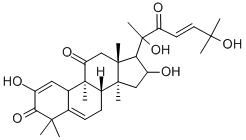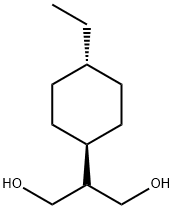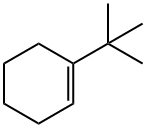Cucurbitacin I hydrate , ≥95%(HPLC),solid , 2222-07-3
Synonym(s):
2,16α,20,25-Tetrahydroxy-9-methyl-19-Nor-9β,10α-lanosta-1,5,23-triene-3,11,22-trione;Elatericin B;JSI-124;NSC 521777
CAS NO.:2222-07-3
Empirical Formula: C30H42O7
Molecular Weight: 514.65
MDL number: MFCD09971044
EINECS: 218-736-8
| Pack Size | Price | Stock | Quantity |
| 1mg | RMB2202.75 | In Stock |
|
| others | Enquire |
PRODUCT Properties
| Melting point: | 148-150°C |
| Boiling point: | 698.3±55.0 °C(Predicted) |
| Density | 1.26±0.1 g/cm3(Predicted) |
| storage temp. | -20°C |
| solubility | ≥22.45 mg/mL in DMSO; insoluble in EtOH; ≥51.2 mg/mL in H2O with ultrasonic |
| pka | 8.51±0.70(Predicted) |
| form | solid |
| color | white to off-white |
| LogP | 2.330 (est) |
Description and Uses
Cucurbitacin I is a naturally occurring tetracyclic triterpenoid compound with a variety of physiological effects, including induction of apoptosis and blockade of cell cycle progression in various cancer cells. It has also been shown to have anti-angiogenic activity. Cucurbitacin I inhibits the phosphorylation of vascular endothelial growth factor receptor-2 and fibroblast growth factor receptor-1, which are key regulators of endothelial cell function and angiogenesis. Therefore, Cucurbitacin I is considered a potential angiogenesis inhibitor candidate for cancer therapy[1].
Cucurbitacin I can be useful in the study of edible vitalmelon fruit extract and adipogenesis.
Safety
| Symbol(GHS) |  GHS06 |
| Signal word | Danger |
| Hazard statements | H301 |
| Precautionary statements | P301+P330+P331+P310 |
| Hazard Codes | Xi,T+ |
| Risk Statements | 25-28 |
| Safety Statements | 1-22-45-36/37-28 |
| RIDADR | UN 2811 6.1/PG 1 |
| WGK Germany | 3 |
| RTECS | RC6200000 |
| Toxicity | LD50 oral in mouse: 5mg/kg |






